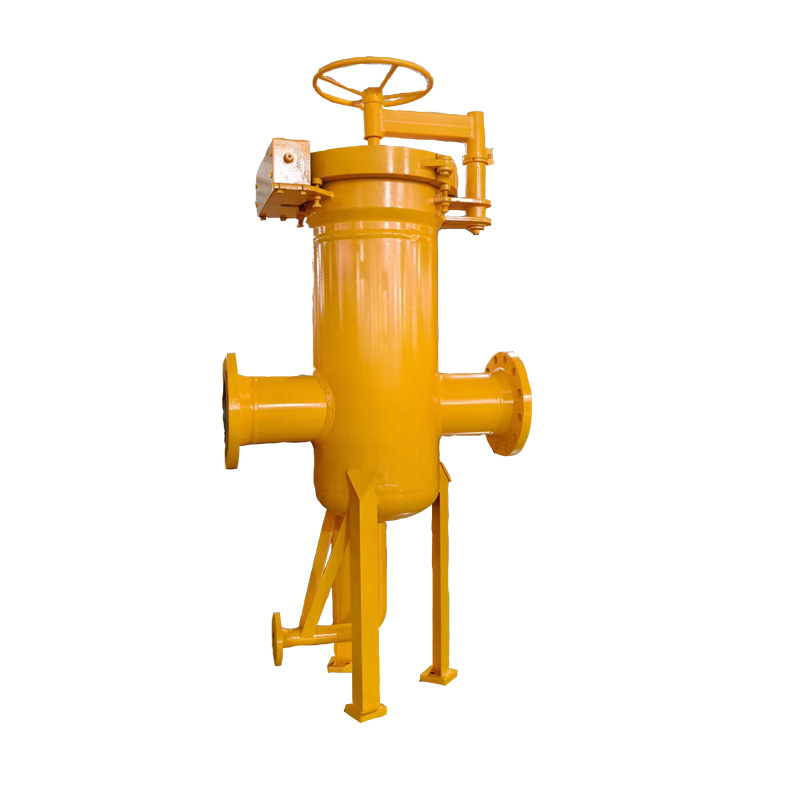
Nov . 27, 2024 18:32
Back to list
Understanding High Pressure Gas Regulators and Their Applications in Various Industries
High Pressure Regulators Essential Components for Industrial Applications
High pressure regulators are critical devices in various industrial settings where it is essential to control and maintain the pressure of gases and liquids. They serve as an interface between high-pressure sources—such as gas cylinders, pipelines, or other pressurized systems—and the equipment or processes that require a lower, more manageable pressure. The proper functioning of these regulators ensures safety, efficiency, and reliability within a wide array of applications, including manufacturing processes, laboratories, medical facilities, and more.
Understanding High Pressure Regulators
A high pressure regulator operates by reducing the incoming high pressure from a source to a predetermined lower pressure. This is achieved through a series of mechanical components, including a diaphragm, spring, and valve seat. The diaphragm responds to the pressure differential between the high-pressure inlet and the regulated outlet, allowing for precise control of the flow of gas or liquid.
When the pressure on the inlet side exceeds the set point, the diaphragm moves, allowing the valve to close partially and restrict the flow. Conversely, if the outlet pressure drops below the desired level, the valve opens to permit more flow. This continuous adjustment ensures that the outlet pressure remains stable even as the inlet pressure fluctuates—a critical feature for applications that require consistent operating conditions.
Applications and Importance
The applications of high pressure regulators are vast and varied. In the industrial sector, these regulators are used in welding, cutting, and other processes where gases such as oxygen, acetylene, or argon are employed. The correct regulation of the pressure is crucial, as it prevents the risk of explosion or equipment failure due to overpressure situations.
In the medical field, regulators are used with gas cylinders containing oxygen and other anesthetic gases. Precise control of the delivery pressure ensures patient safety and comfort during medical procedures. Similarly, in laboratories, high pressure regulators are essential for experiments that require specific gas pressures; accurate regulation is vital to obtaining reliable results.
The energy sector also relies heavily on high pressure regulators
. In natural gas distribution, for instance, these regulators help manage pressure differences from high-pressure pipelines to homes and businesses where the gas needs to be delivered at a safe operating pressure. This regulation protects both the infrastructure and end users from potential hazards.high pressure regulators

Key Features of High Pressure Regulators
When choosing a high pressure regulator, several key features must be considered
1. Pressure Range Regulators are designed to handle specific pressure ranges, so it is important to select one that meets the needs of the application. High pressure regulators can often handle pressures exceeding 3,000 psi.
2. Material Construction The materials used in the construction of the regulator should be compatible with the media being regulated. For instance, regulators for corrosive gases need to be made of resistant materials to prevent degradation.
3. Flow Rate The flow rate is another crucial aspect to consider, as it determines how much gas or liquid can pass through the regulator in a given time. This is especially important for applications requiring a significant amount of media quickly.
4. Safety Features Many high pressure regulators come equipped with safety measures, such as pressure relief valves, to prevent over-pressurization and ensure safe operation.
5. Maintenance Requirements Regular maintenance is essential for optimal performance and longevity. Understanding the maintenance needs of a particular regulator can aid users in making an informed decision.
Conclusion
High pressure regulators play a vital role in ensuring the safety and efficiency of various industrial processes. As industries evolve and the demands for precision increase, the importance of selecting the right regulators cannot be understated. With advancements in technology and materials, modern high pressure regulators offer enhanced performance, reliability, and safety. Businesses must invest in high-quality regulators to safeguard their operations, protect their workforce, and ensure compliance with regulatory standards. Proper oversight and maintenance of these devices are critical, making them indispensable tools in any high-pressure application.
Latest news
-
Safety Valve Spring-Loaded Design Overpressure ProtectionNewsJul.25,2025
-
Precision Voltage Regulator AC5 Accuracy Grade PerformanceNewsJul.25,2025
-
Natural Gas Pressure Regulating Skid Industrial Pipeline ApplicationsNewsJul.25,2025
-
Natural Gas Filter Stainless Steel Mesh Element DesignNewsJul.25,2025
-
Gas Pressure Regulator Valve Direct-Acting Spring-Loaded DesignNewsJul.25,2025
-
Decompression Equipment Multi-Stage Heat Exchange System DesignNewsJul.25,2025

